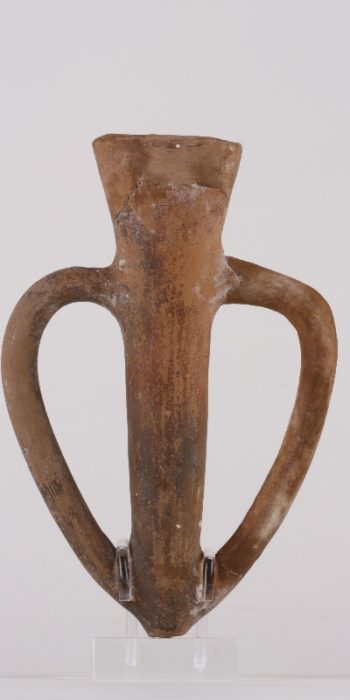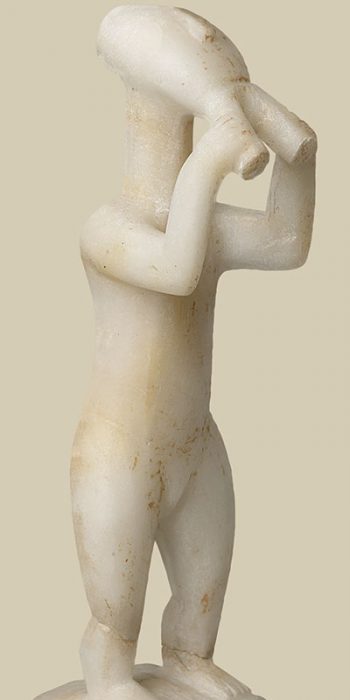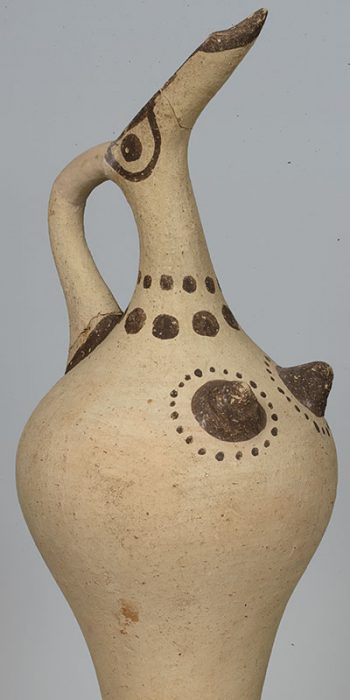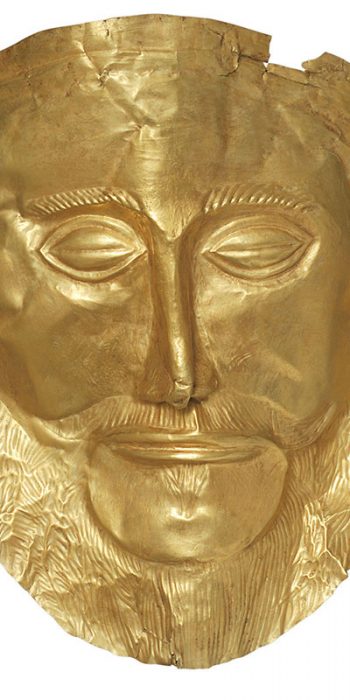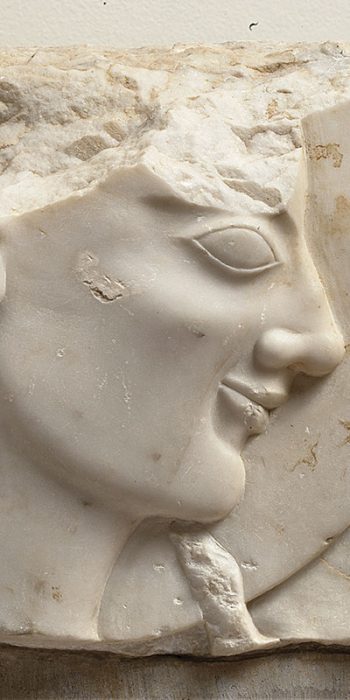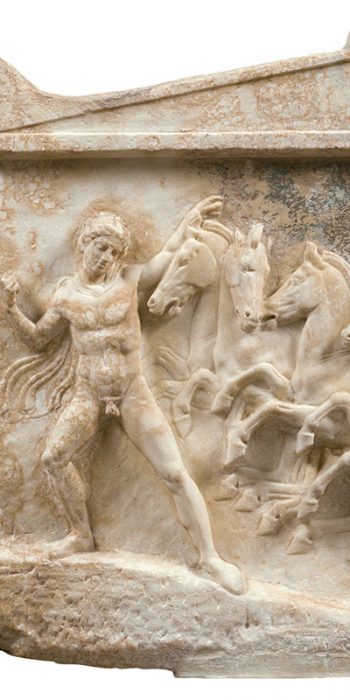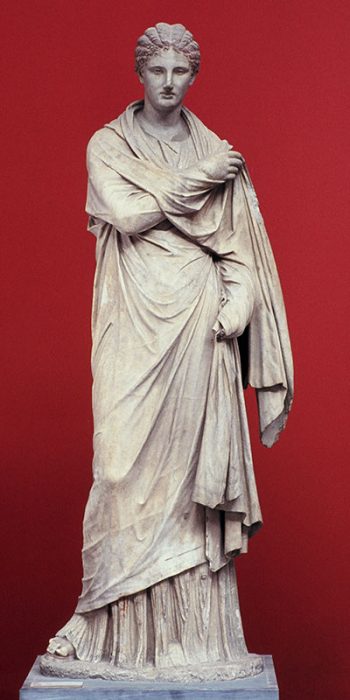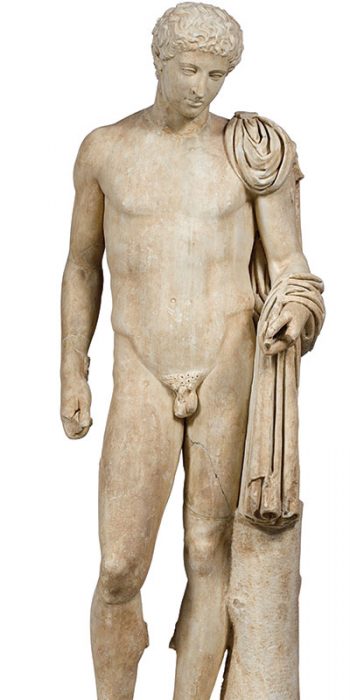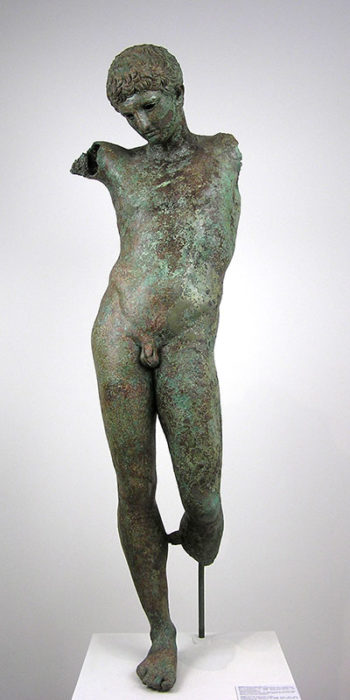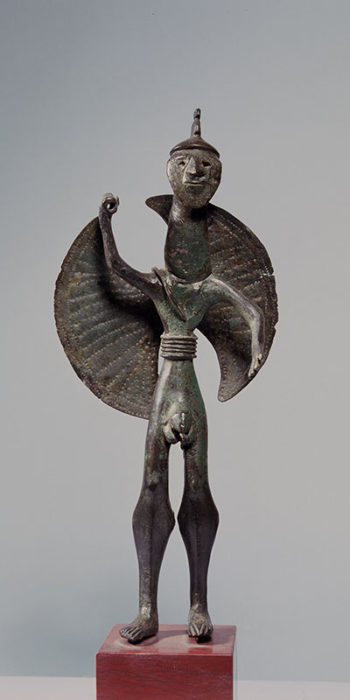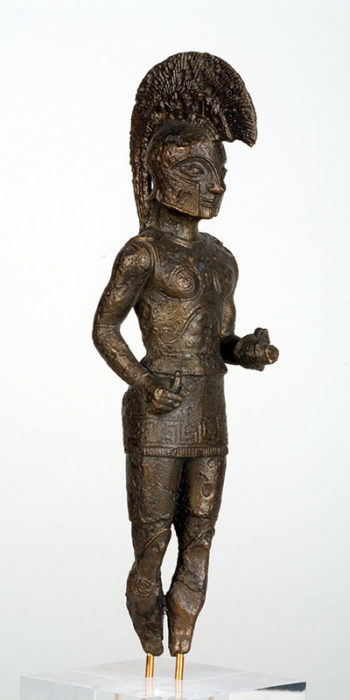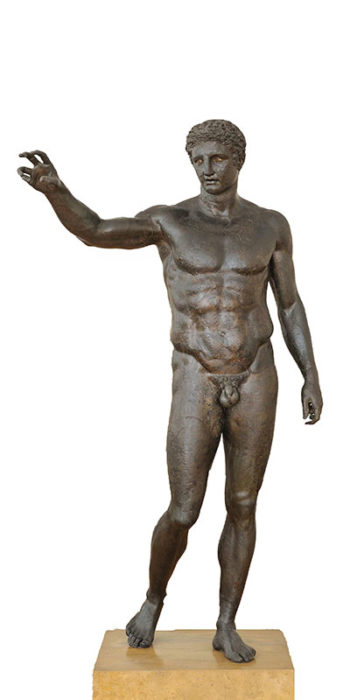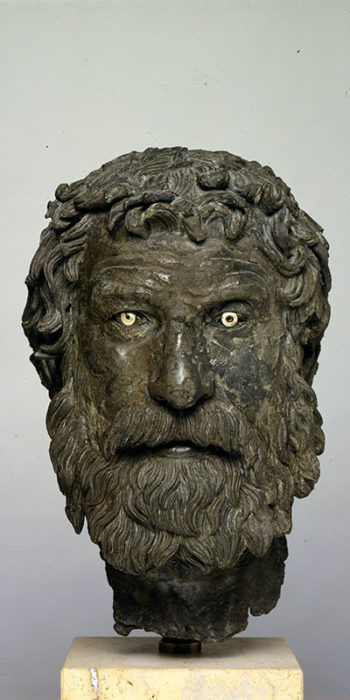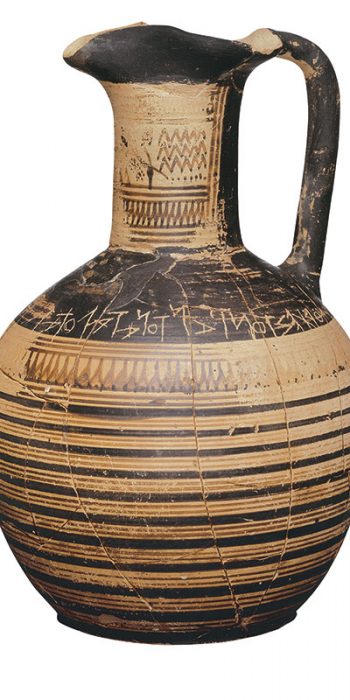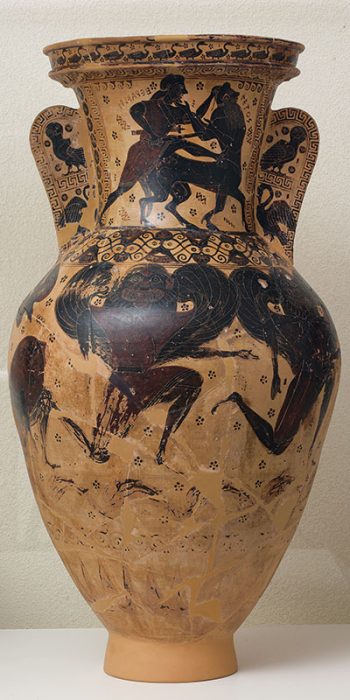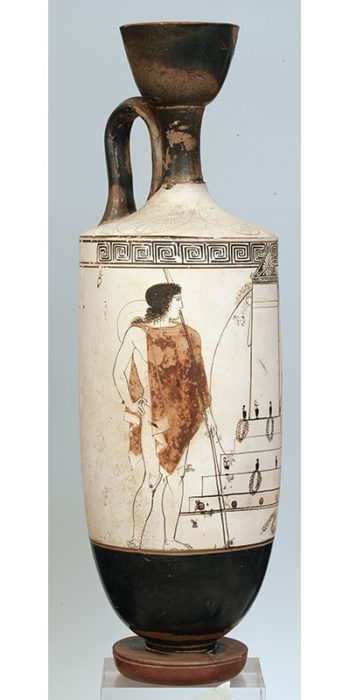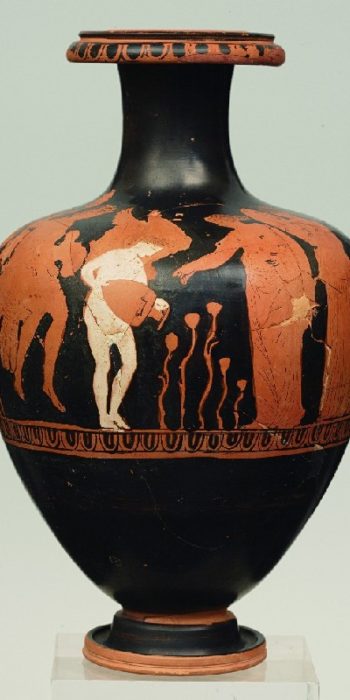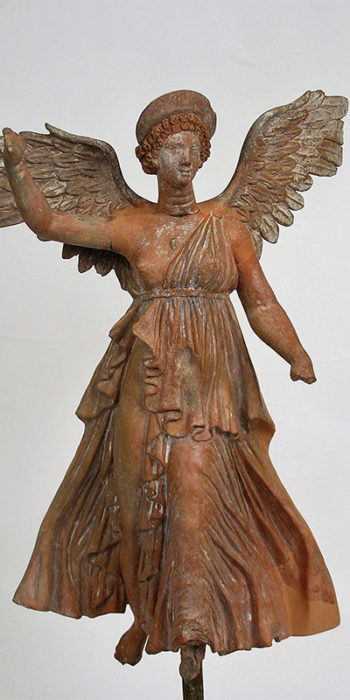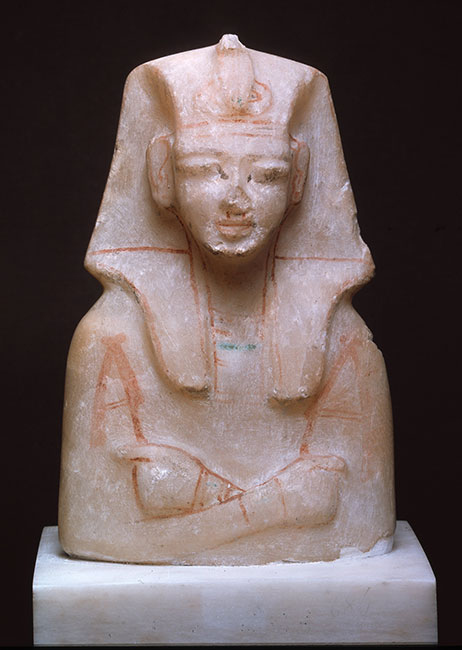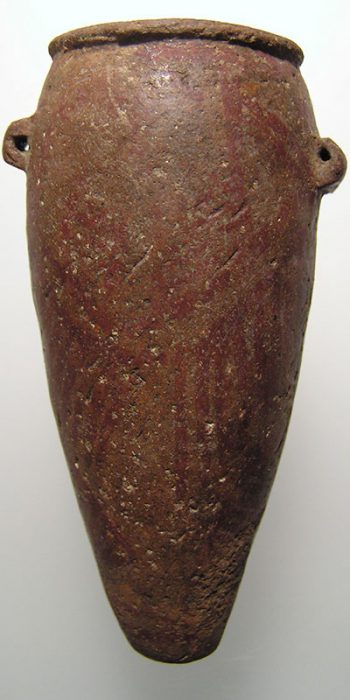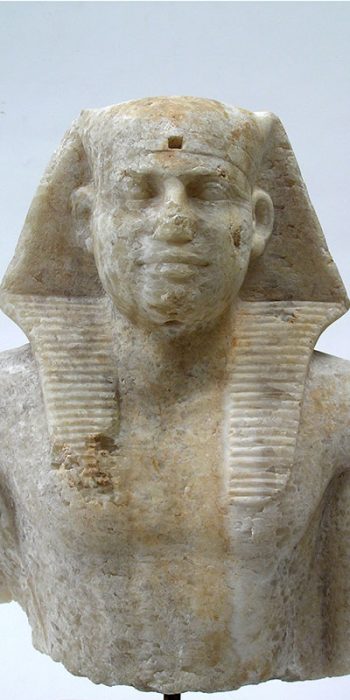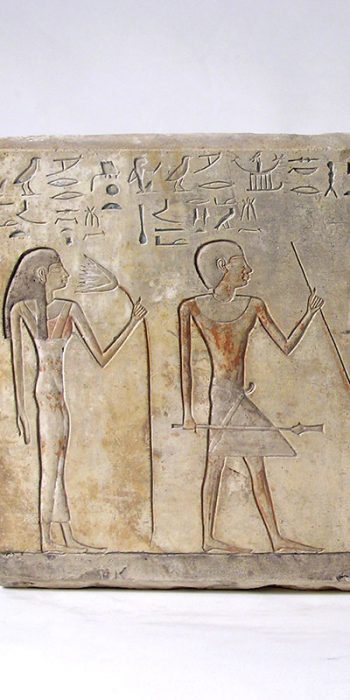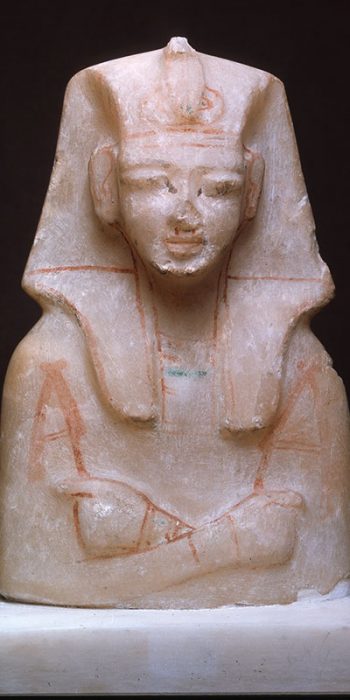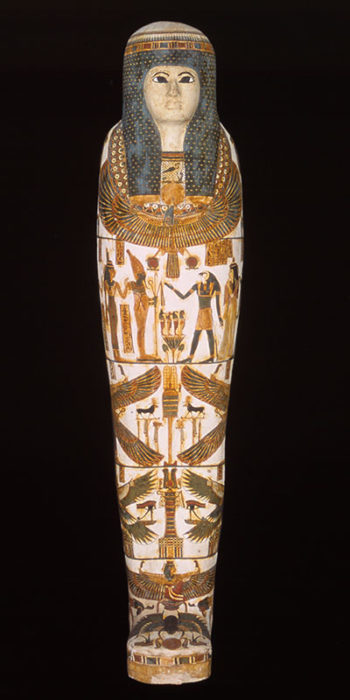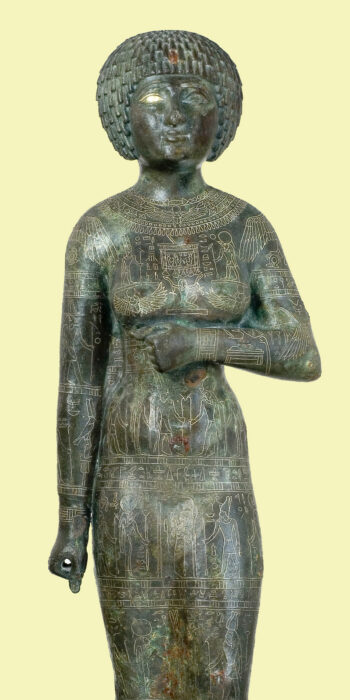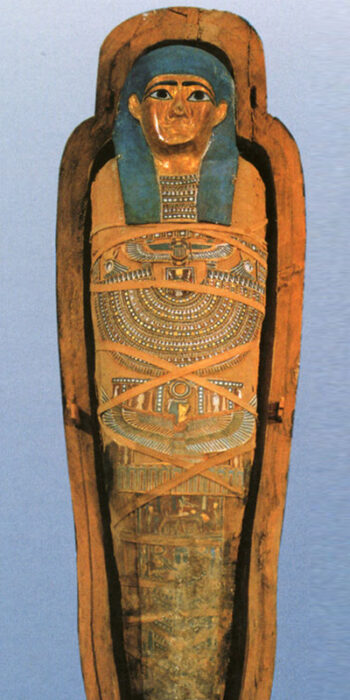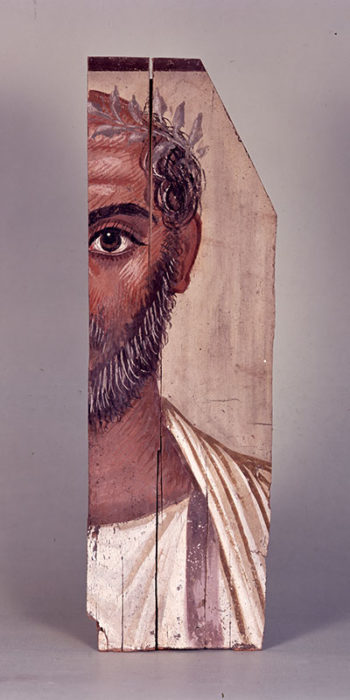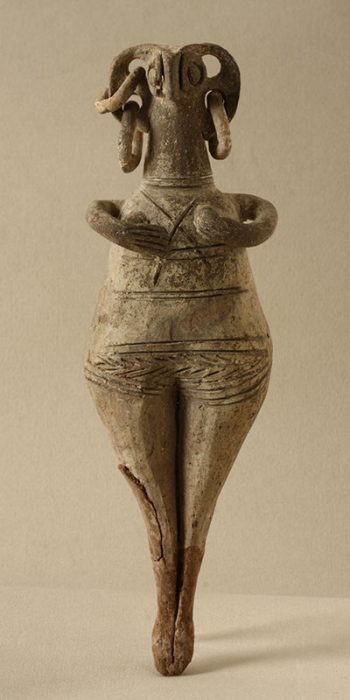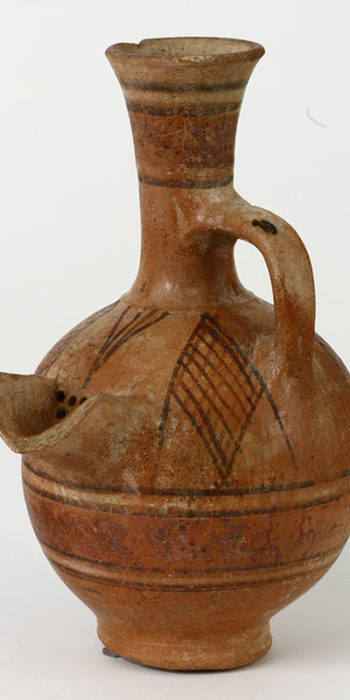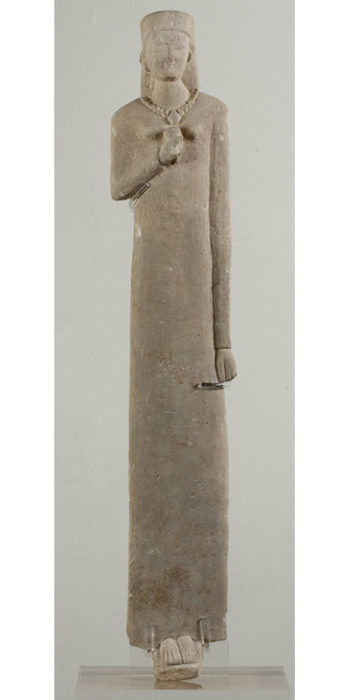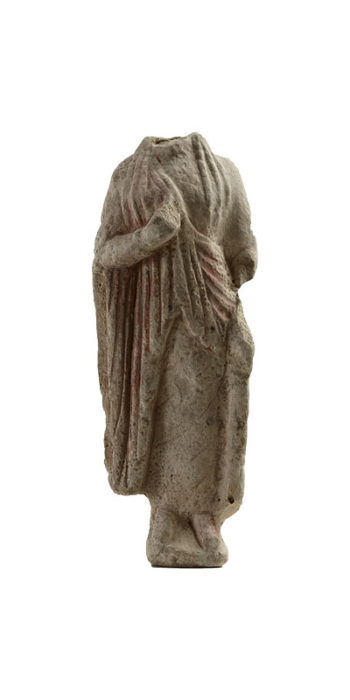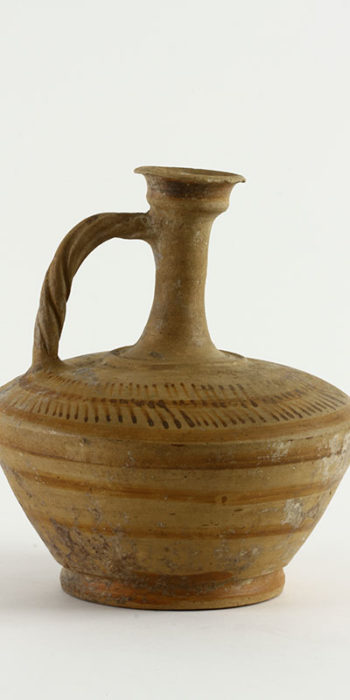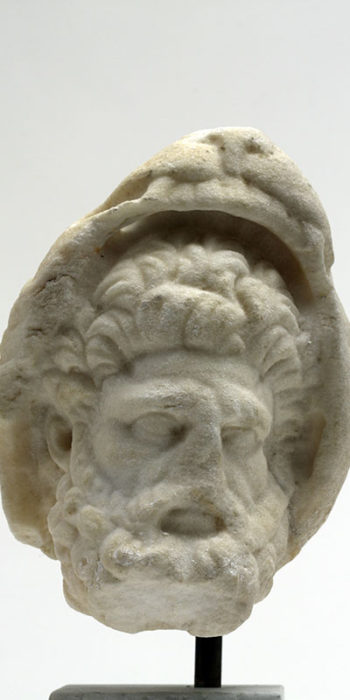The National Archaeological Museum is the largest museum in Greece and one of the most important in the world. Originally destined to receive all the 19th century excavations, mainly from Attica and other parts of the country, it gradually took the form of a central National Archaeological Museum and was enriched with finds from all parts of the Greek world. His rich collections, enumerating more than 11,000 exhibits, offer the visitor a panorama of ancient Greek culture from the prehistory to the late antiquity.
The museum is housed in the imposing neoclassical building, built at the end of the 19th century in designs by L. Lange and eventually formed by Ernst Ziller. Its exhibition grounds, dozens of halls on each floor, cover an area of 8,000 m². and houses the five major permanent collections: The Collection of Prehistoric Antiquities, which includes works of the great civilizations that developed in the Aegean from the 6th millennium to 1050 BC. (Neolithic, Cycladic and Mycenaean) and finds from the prehistoric settlement of Thira. The Collection of Sculpture Works, presenting the evolution of ancient Greek sculpture from the 7th century. B.C. until the 5th c. AD, through unique works of art. The Vase and Miniature Collection, which includes representative works of ancient Greek ceramics from the 11th century. B.C. up to the Roman era, as well as the Stathatos Collection, a timeless collection of miniature artifacts. The Collection of Metalworking Works with many unique original works, statues, figurines and miniature crafts. Finally, the unique for Greece collection of Egyptian and Eastern Antiquities with works of art, dating from the pre-emptive period (5000 BC) to the times of the Roman conquest.


